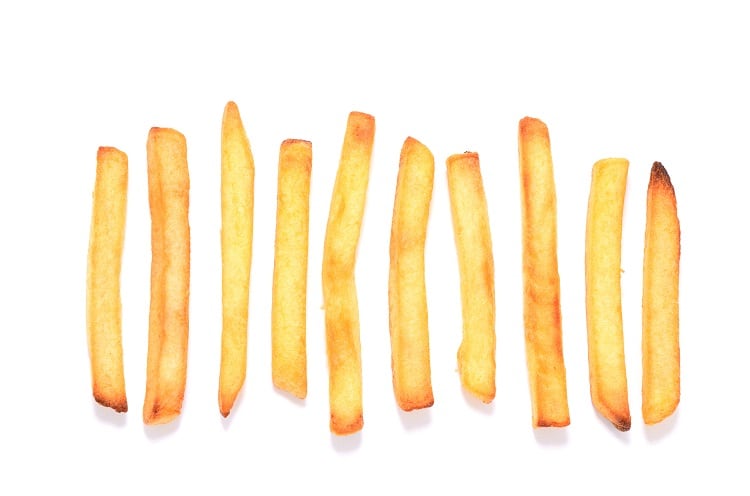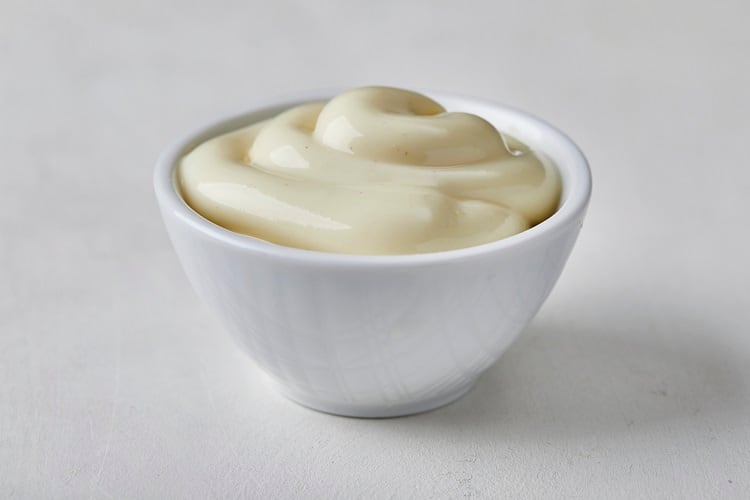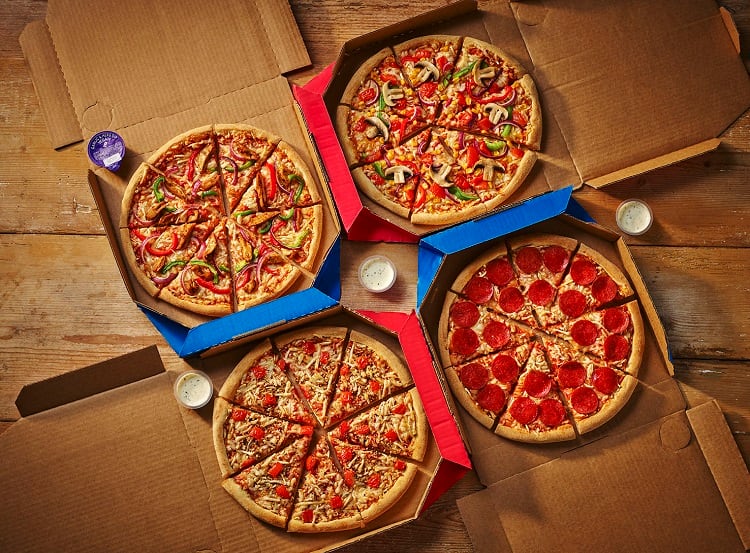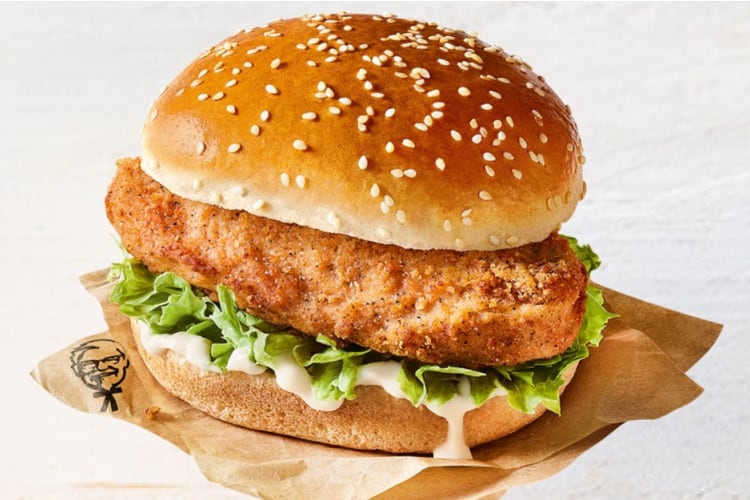Fast food chains and nutrition haven’t traditionally gone hand in hand, with the term ‘fast food’ often used interchangeably with junk food. But fast-food chains – otherwise referred to as quick service restaurants (QSR) – are increasingly thinking about calories.
So too are consumers. As of 2022, it is a legal requirement in the UK for large businesses to display calorie information of non-prepackaged food and soft drinks. For many, ordering a large burger on a QSR menu now means weighing up if the displayed calorie count (which could be more than 1,000kcal) is worth it.
In an effort to cut problem nutrients – notably fat, salt and sugar – from products, as well as overall calories, QSRs have been reformulating. While much of this happens behind the scenes (with only a reduced calorie count on menus for proof) some are being more public.
KFC UK&I for one, has decided to publicly report yearly on its reformulation journey, kickstarting with 2024. “We think the move towards greater transparency in nutrition across QSR is important in ensuring customers have the right information to be able to make the right choices for them,” Jo Tivers, head of food and quality at KFC UK&I told FoodNavigator.
Reformulating fries and sauce…
One of the QSR’s biggest achievements has been reformulating its fries, which reduces calories by 7%. Over the course of a year, the company estimates the move cuts 13bn calories. This was achieved by moving to a thicker potato fry, enabling a lower ratio of oil per fry when cooked.
“Deliberately making small changes to the shape of our fries has allowed us to reduce the amount of oil absorbed during cooking, reducing calories,” explained Tivers.
In a separate reformulation effort, the company also reduced the saturated fat levels in its frying oil (including that used for its fries) by 10%. Back in 2011, KFC stopped frying its chicken in a palm oil blend and switched to a high oleic sunflower and rapeseed oil blend. This enabled a saturated fat reduction in its chicken by 25%.

Last year, the company also reviewed and reformulated a number of its sauces to reduce salt, sugar and calories. “We have reformulated the recipes for our sauces in a number of ways,” explained Tivers. “For example, by lowering the oil content of our mayo-based sauces.”
…and burgers and fried chicken products
KFC has also taken reformulation approaches to its burgers. In recent years, the company has achieved a 17% kcal reduction in its bun by reducing sugar content.
“We have also been able to keep the size of the bun the same while reducing the weight of it, meaning the taste is the same while reducing calories by 17%,” revealed the food and quality lead.
But the most technically challenging product to reformulate to date has been its Original Recipe Chicken products – for which KFC (Kentucky Fried Chicken) is best known.
“Our iconic Original Recipe Chicken products are naturally challenging to reformulate because we want to keep the same great taste customers love, while balancing nutritional improvements.
“We have taken a gradual approach to salt reduction in our original recipes so our customers don’t lose their favourites, while at the same time making positive changes.”

Sugar-sweetened beverages have been a focus area for KFC, which made the decision in 2021 (three years after the UK ‘sugar tax’ came into force) to remove all drinks containing more sugar than the levy threshold – 5g sugar per 100ml.
“We wanted to remove sugar across our menu and soft drinks were a key area where we could do that,” explained Tivers. “By removing full sugar Pepsi alone we took eight billion calories a year out of our menu.
“We still serve a great range of low sugar and sugar-free choices including Pepsi Max, 7up Free, and our delicious Watermelon and Lime Southern Refresher.”
A four-pronged approach to nutrition progress
KFC UK&I compares all foods in its menu against the UK Nutrient Profiling Model, which is also used by government to define foods that are high in fat, salt and sugar (HFSS).
To improve the nutritional credentials of its food and drink products, KFC takes a four-pronged approach: adding new, healthier products to its menu; working with external partners for ‘objective scrutiny’, increasing the transparency of nutrition information; and reformulation.
Nudging consumers towards healthier choices
Looking beyond product reformulation and innovation, the QSR major is sinking its teeth into nudge theory. In 2022, KFC partnered with the University of Durham in the UK to better understand effective behavioural interventions capable of nudging customers into choosing healthier options.
So far, the partnership has identified three aspects of behaviour that could be look at to help drive changes: framing, scripting, and norming. “We have put this into practice, for example using ‘framing’ – or increasing awareness – to explore how we can change how we present our foods to customers online,” revealed Tivers.
What does 'nudging' mean?
Nudge interventions are linked to the consumer environment, which can be altered to encourage particular purchase behaviour.
In food, nudge interventions are increasingly used to move consumers towards healthier or more sustainable diet choices, while following liberal principles of free choice.
In response, the company has created a specific lunchtime menu tab designed to make it easier for customers to see the lighter options available at lunchtime. KFC’s lighter meal options include its Ricebox and Twister products, all flavour variants of which are non-HFSS come in under 550kcal per serving.
“We have been trialling this work on some of our delivery channels and will be considering the findings and how we can incorporate any helpful learnings.”
What should we expect from the 2025 nutrition progress update?
As it stands, 65% of the company’s individual products on its menu are non-HFSS. KFC wants to increase this percentage year-on-year, and by 2025 hopes to have achieved 70% HFSS compliance.
To get there, the QSR major will lean on new menu innovations as well as reformulating its current menu items. KFC also has plans to develop a sales-based target for the amount of HFSS and non-HFSS menu items sold. Further, by 2025, 75% of selectable items in its Kids Bucket Meal will be non-HFSS.
“We have made a start, but the fact of the matter is we’re not where we want to be on nutrition,” said Meg Farren, general manager at KFC.
“While we’ll never stop providing fried chicken across our menus, behind the scenes we’re continuing work on making sure that any trip to KFC offers great quality, fresh, nutritious options, at great value for customers. By being open and transparent about the action we are taking, we hope we can bring others on this journey with us.”




